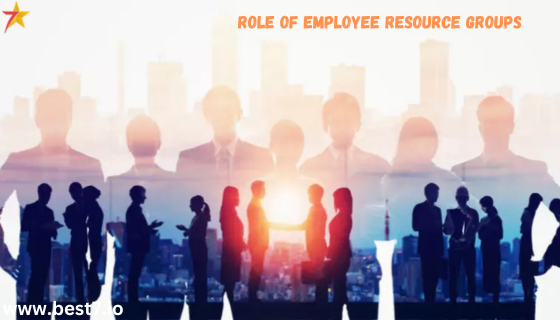
In recent years, the phenomenon of employee resource groups has enabled the development of a better work environment in terms of diversity, equity, and inclusion. In terms of the attitude, relationships, and workplace atmosphere within the companies, ERGs related to multiple characteristics and life experiences have been developed for the employees to form support and advocacy networks. Over the years, the role of ERGs in shaping DEI policies has been growing, and they have become extremely important for the promotion of changes.
Examining the Role of ERGs in Organizational Change
In this paper, the role of ERGs in the development of better work climate, the improvement of employee engagement, and the support of these networks in the member-driven social changes will be examined, looking at the past cases and the future projections.
How ERGs Contribute to DEI
ERGs played the emerging role in making DEI policies better by acting in favor of the main mechanisms of these processes, such as advocacy and support, representation, ascension, and a better organizational climate in general use of a member-driven approach. It allows the disadvantaged and minority groups to speak up and feel included and protected at their workplace.
Advocacy, Representation, and Support
- Advocacy and support: Through their ERGs, employees can find a support network and work to have the needs and interests of these groups addressed by the company. By 2025, 70% of organizations will have existing ERGs because they help employees feel a sense of belonging and value in the organization.
- Cultural competence: When cultural competence issues are addressed by people within their ERGs, awareness and appreciation of the differences develop. In 2022, 25% of companies with ERGs reported an increase in employees’ cultural competence, helping them to cooperate better in diverse teams.
- Employee engagement: Thanks to the whole phenomenon developed by ERGs, there is an increased level of employee engagement. A 20% increase in engagement scores was noticed in the companies having active ERGs.
ERG-Driven Impact on Employees
- Personal Development: ERGs often include development opportunities and training programs. In five years, 45% of companies will offer classroom skills training organized by the ERGs. The training will be conducted within the organization. By 2023, most organizations will invite employees from underrepresented groups to take part in management and planning.
- Workplace Flexibility: In five years, 40% of organizations will allow ERG members to develop flexible working arrangements. They will provide opportunities for remote work and extending weekends or holidays voluntarily.
- Optimizing Benefits Packages: Staff membership will give members the opportunity to create the benefits that are most important to the ERG members. For example, by 2025, most organizations will be able to establish a flexible training program for ERG members. Companies will offer paid family leave and on-site childcare.
ERG-Driven Impact on Business
- Recruitment of Talents: Organizations that have ERGs report fewer problems with recruitment. By 2025, it is estimated that the employee referral case will reduce recruiting time by 30% across organizations.
- Talent Retention: Employee attendance is greatly increased because workers within the organization feel a sense of belonging to the bigger part of the organization. By 2026, most organizations will focus on their ability to sponsor ERG initiatives. Companies will reward ERG leaders with this administration ability.
- Productivity: Fundamental to productivity in the business is better staff communication. Employee prices are expected to increase by 35% in the next five years. Companies reward ERG leaders with these communications administration abilities.
Inclusive Strategies for a Better Workplace
The ERG impacts both employees’ workplace careers and the development of expertise in the field of careers. Additionally, the groups significantly influence talent recruitment and retention, leadership, culture, and most importantly, management and planning careers.
Inclusion Strategies Development
- Organizational Change: The efforts of ERGs can lead to important change within an organization. For instance, the creation of ERGs resulted in a 30% improvement in diversity metrics for Deloitte in 3 years.
- Networking Opportunities: ERGs provide networking opportunities for employees where representatives of different levels and departments can share ideas. By 2025, 50% of organizations will host networking events through ERGs.
Future Projections for ERGs
As DEI becomes a more pressing priority for organizations, ERGs will play an ever-increasing role in forming organizational procedures and workplace climate.
- Increased Integration into Business Strategies: By 2025, 80% of organizations will have ERGs as their integral part of overall business strategies.
- Focus Expansion: ERGs will expand beyond demographic-specific focus areas, addressing broader intersectional needs.
- Enhanced Leadership Training: By 2027, leadership training for ERG leaders will become a priority for most companies.
- Globalization of ERGs: Multinational organizations will increasingly adopt global ERGs to meet diverse workforce needs.
Overall Impact on Organizations
Currently, ERGs are an essential part of DEI strategies for organizations. Since companies are increasingly understanding the importance of employee resource groups, these groups will play a significant role in defining cultures and values. This, in turn, will have a considerable impact on increasing the level of employee satisfaction as well as on the overall effectiveness of companies.












